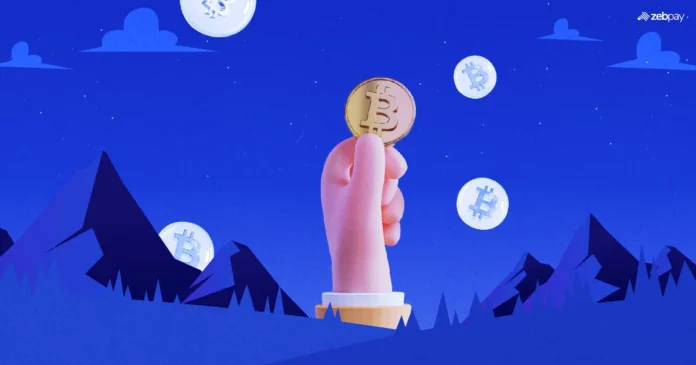The gaming industry seems to agree that current game pricing models cannot be sustained, as the development costs for this console generation have increased dramatically as players demand HD visuals.
EA, one of the biggest names in the gaming industry, has been struggling. They lost $82 millions last quarter, have cancelled a number of games, and stated that they will concentrate their efforts on the core franchises. This means there is less risk perceived by the consumer, and therefore less innovation.
Gaming industry must find a new way to fund the experiences that players demand. The current financial model doesn’t work for most developers and publishers. This industry is trying to adopt the financial model that has been successful in casual gaming.
Pay monthly is perhaps the most common financial model. It is often used by MMORPGs, such as World of Warcraft. The consumer pays a lower initial fee but subsequently has to pay a monthly subscription fee in order to continue 소액결제 현금화 accessing the content and game. The monthly subscription fee includes access to the game, as well as bug fixes and content updates (though some big updates may be sold separately). Developers can be a bit more experimental and innovative with this model, as they are able to release content immediately after it is finished. They also get immediate feedback from consumers.
The micro-transaction gaming model is another model often cited as a potential saver of the gaming sector. This model allows the first and basic experience to be provided for free, but requires the user to pay a small amount to gain access to additional content.
FarmVille is a popular game on Facebook. It is free to download and play. However, you can enhance your game experience by purchasing in-game items with real money.
It’s not clear to me how the industry plans to move this model, which was originally designed for casual games, to the hardcore markets of Xbox 360 and PS3. Industry experts believe that players would prefer to pay less up front for the game, try it out and decide if they enjoy it before spending extra cash for access to additional content and features. As a player, I’ll know whether or not I want to buy and play a particular game by either playing the demo of that game (or previous years in a franchise), or reading the coverage given to the game. Does it make sense to me as a player to pay an additional $5 to get a certain feature in a video game to be competitive with other players who have the item?
Micro transactions offer a flexible price structure that allows some gamers to enjoy games at a lower cost than currently. While this is true for casual players, it won’t be the case for hardcore gamers who have been paying for gaming for many years. They pay hundreds of dollars per year for these games.
This micro-transaction model is also risky for developers and publishers. If the consumer pays less up front, it will require the user to invest a significant amount in the game. They must have a good experience to justify spending more. The shovelware industry is still a big money maker as consumers are forced to pay full price upfront. If a consumer buys the game for a low cost and later realizes that the product was a rip-off, the developer loses out on the revenue it could have made. The same goes for riskier and more innovative games. Since the industry cannot guarantee a profit on each sale, they have to create more conservative games to ensure that they get back the money they spent creating them.
Some content has been removed from games and packaged as DLC to nickel-and-dime the consumers.
To conclude, I believe that in order for the gaming industry to continue existing they must either change the way they make games or how they price them. We as gamers will either have to accept lower quality visual games in order to maintain costs or, if we want to continue having a cinematic experience, we’ll be required to pay more. The industry will find it difficult to convince gamers that the current model is in their interest, as the pricing structure currently benefits the consumers. However, I am not convinced that micro-transactions are the future for gaming.











